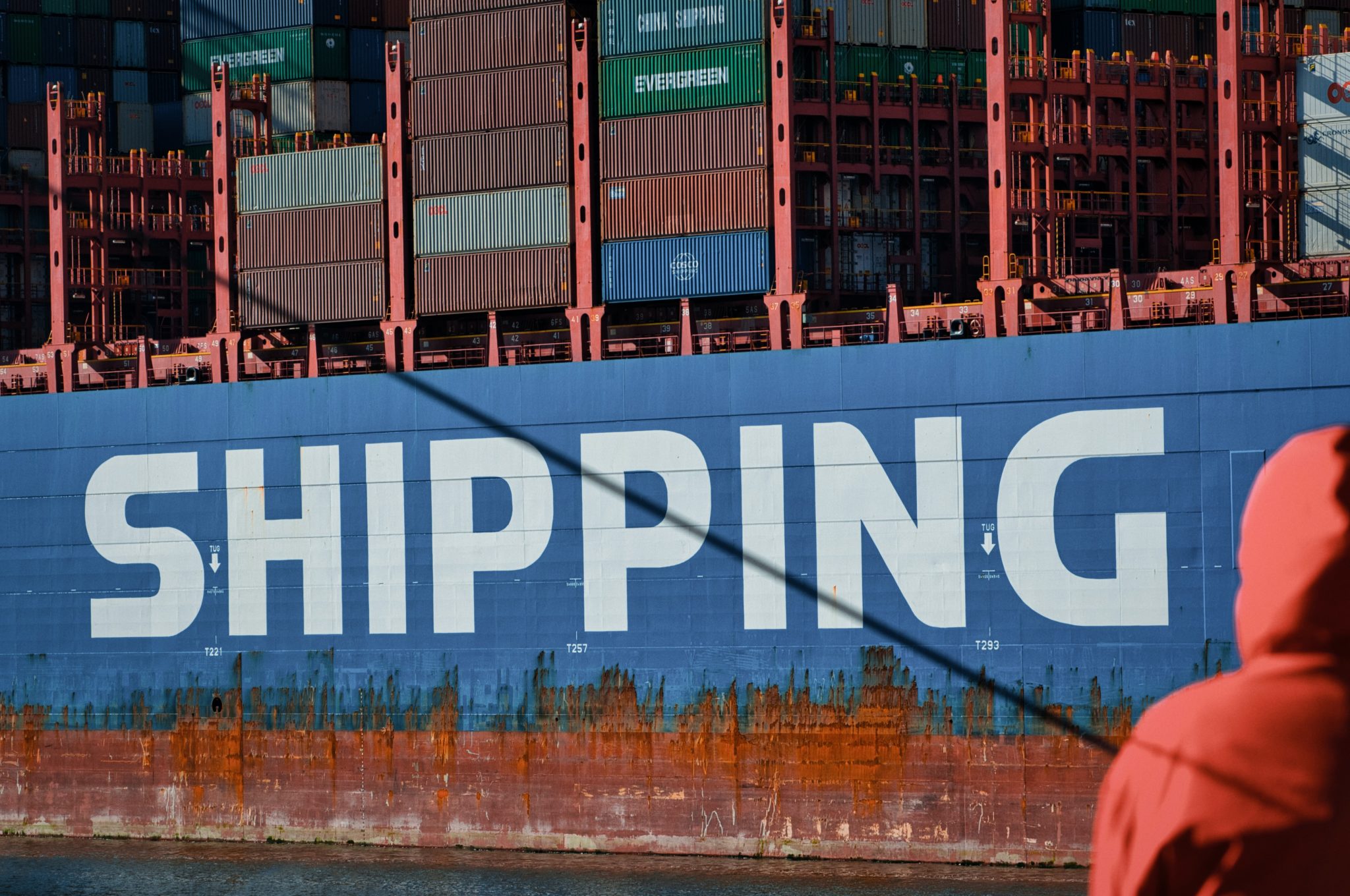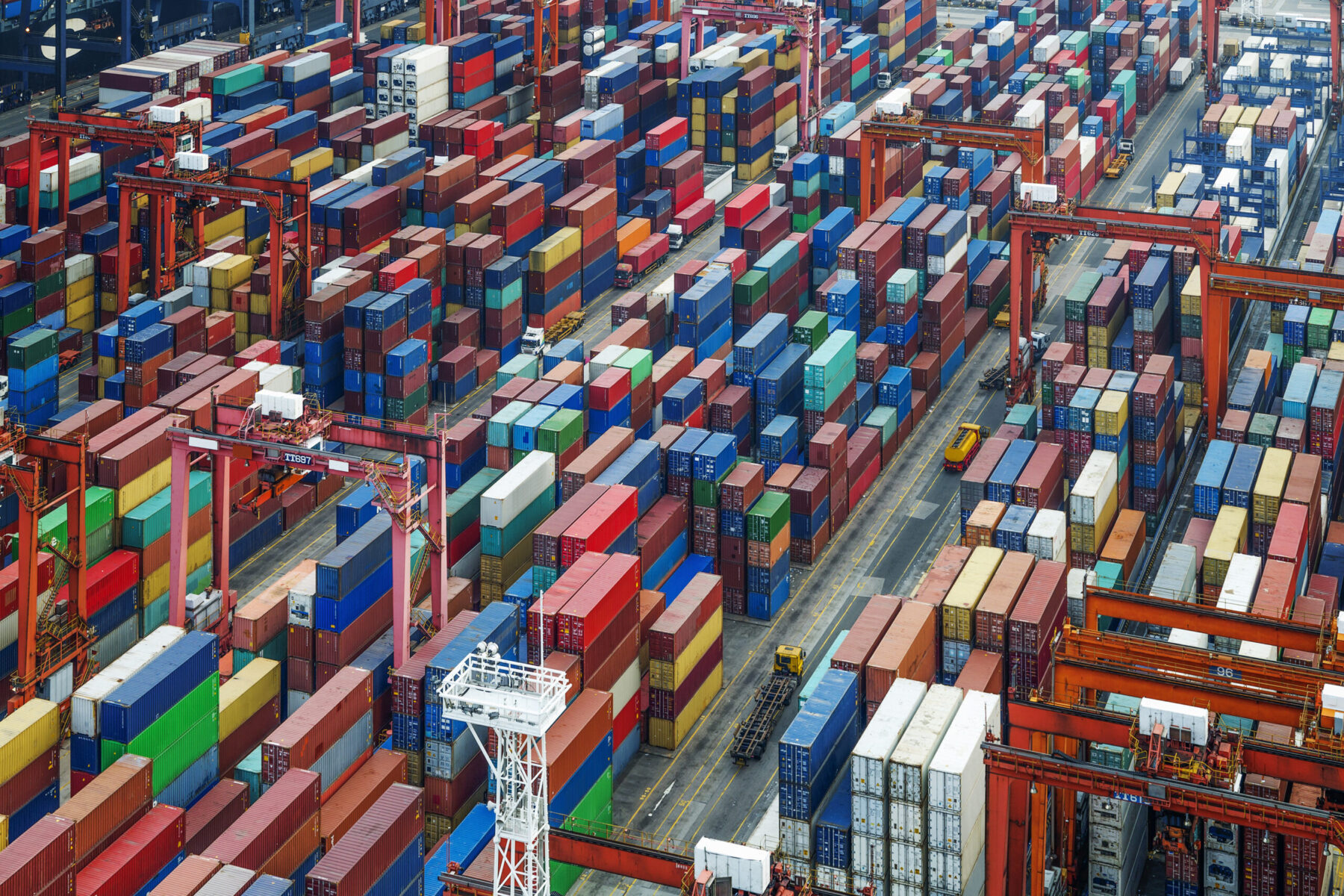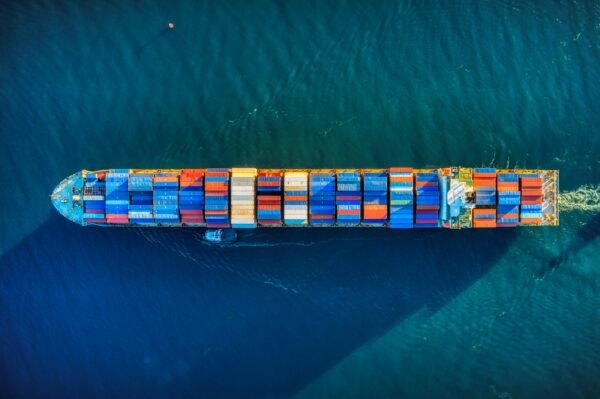Ocean Deep Dive: 4 Things You Need To Understand This Month
Dec 12, 2022
Scroll to find out more
Dec 12, 2022
Scroll to find out more

This time last year, shippers and carriers alike were all scrambling for capacity as a lockdown-led boom in product consumption combined with sluggish performance drove rates to record levels. Now, the same story is playing out in reverse. Demand is down, capacity is up and rates have been crashing throughout the second half of the year. While this can feel like great news for shippers, the knock on effects are hard to predict, and those that bet big on one side or the other risk being caught out when change inevitably comes.
To understand the various factors shaping today’s ocean freight market, as well as tomorrow’s challenges, we sat down with Richard Fattal, Zencargo Co-Founder and CCO on our podcast Freight to the Point to look behind the scenes on the current situation.
The chief driver of the rates chaos of the Covid-era was a severe lack of capacity, as demand rocketed while supply-side and port disruption conspired to slow down vessels and loading. The result was that even if enough capacity was, in theory, available, the process of moving was disrupted to the extent that thousands of TEUs were effectively removed from the market.
Now, finally, it seems we have finally turned a corner.
‘We’ve seen most of the port congestion in both Europe and the US come out of the system. I think for the first time Long Beach, from a port congestion perspective, is back to normal pre COVID conditions.’ says Richard.
Combined with dropping demand and new vessel introductions for IMO 2023, this has left carriers with significant empty space and limited scope for controlling rates.
‘Carriers have been looking to reduce capacity, but they haven’t been reducing capacity at the same rate as the reduction in demand in the market that we’ve seen. So whilst we did see continued announcements of blank sailings throughout the November period, the net impact still has not meant a reduction in overall effective capacity.’ explains Richard.
While shippers hurting after two years of sky-high rates may be keen to see further reductions, there are signs we may be hitting a floor when it comes to price. Prices are still dropping, but the pace of the fall has begun to slow due to sheer unit economics.
Rate levels are now almost in line with 2019 levels, while recent years have seen carrier costs increase across the board, including fuel, IMO regulation, port fees and other costs that the carriers have to pay in order to run their vessels. ‘As rates come down closer to in line with marginal cost and in some cases below marginal cost, we do anticipate the pace of decline really, really starting to come down,’ says Richard.
As mentioned, the key driver of rates falling has been a lack of demand. While the macro conditions driving that trend – rising costs of living, inflation and economic uncertainty and political instability – there are two positive signs that give reason for optimism.
The first is that the costs driving inflation, such as fuel, food prices, energy prices have started to come down. Oil prices, for example, are approach levels similar to early 2022. The second is that early data on Black Friday in Europe have shown positive results for retailers, with some even beating their 2021 figures.
‘Whilst there are a lot of reports of businesses still working through too much stock, particularly in the apparel space, we do think that the Black Friday period and the holiday period is going to be perhaps less of a disaster than some have reported,’ says Richard.
The shipper-friendly rate situation going into 2023 is one of the first bits of good news for many retailers on the shipping front in years – while it’s hard to predict how long this will last, there are steps that shippers can take to maximise the benefits.
‘When you talk about freight spend and cost of goods sold, we’re looking at freight rates on Asia, Europe, Trans-Pacific that are down three, four, five, six times depending on where you contracted last year compared to the peak of the market,’ says Richard. ‘Shippers should really be thinking about how to make sure that their business is benefiting from these reduced costs, and how to have some stability going into 2023.’
This also requires considering the potential events that could influence current rate trends, including:
While going for the lowest rate possible may make sense in the short term, in the long term it can leave shippers exposed to negative developments.
‘When thinking about contracting for the new year, what’s really important is to understand both the rate level but also the potential service level, the strategies of the carriers and the level of diversification that you need in your supply chain to support any potential disruption for next year,’ says Richard
The only certainty for the year ahead is that the market will remain dynamic. Disruption can come from a number of angles and carriers have shown they are ready to react quickly. To make the most of the opportunities available, shippers will need to show the same agility.
‘Forecasting is going to become even more key for 2023,’ says Richard. ‘In 2022 it was anyone’s guess what you had to ship and whether you were going to get capacity – it’s now become very much front and centre, front of mind, for carriers to make sure that they have reliable partners to fill their ships for 2023, 2024 and beyond.’
Reliability depends on your ability to work with your forwarder or carrier partner to be able to forecast volumes. At Zencargo, we work closely with clients to help them source, analyse and use their supply chain data to make the right decisions for now and the future, managing price, capacity and service to stay ahead of the market.

To find out how you can take control of your supply chain costs and stay ahead...

To find out how you can navigate a path through uncertainty, book your free str...

To find out more about how Zencargo’s digital freight forwarding experts and te...